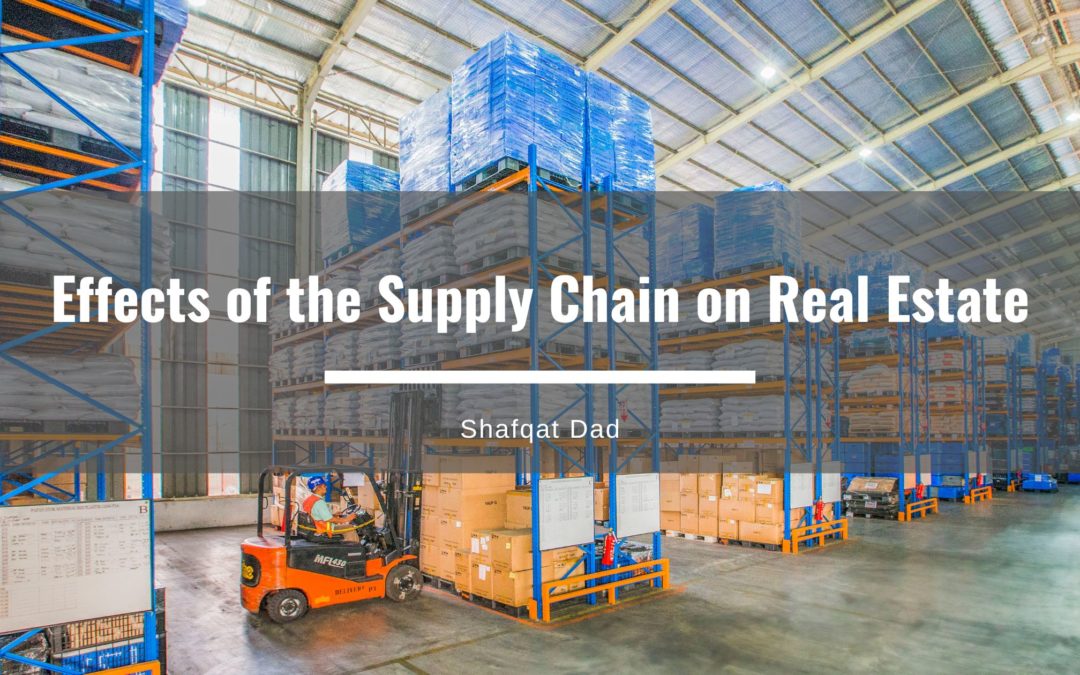The market for industrial assets is substantially different than it was a few years ago, partly because of ongoing changes made within the sector in reaction to significant global events. The supply chain has been disrupted, which has had an impact on the industrial sector’s development. These factors include the U.S.-China trade conflict, the worldwide pandemic, and the increasing natural catastrophes. Despite recent improvements in the global supply chain, years of instability in the supply chain have left a lasting impact on industrial real estate. For those involved in this business, specific supply chain impacts on the industrial market were favorable, while others were not.
Lack of Construction Materials
Since the beginning of the epidemic, the market has been plagued by a lack of construction supplies due to a perfect storm of disruption caused by several interrelated contributing factors. Exceptionally few industrial projects finish on schedule because of the lengthy lead periods for certain necessary products, such as dock doors, steel infrastructure components, roofing materials, and roofing materials. It will be easier for developers to offer fresh goods at a predictable and acceptable rate once these resources are easier to get. Formerly inexpensive materials have gone up in price. The average cost of construction materials has climbed by around 20% annually.
High Inventory = New Structures
The epidemic increased demand for retail products, particularly those bought online. Unprecedented stockouts occurred at retailers globally due to current Just-in-Time inventory management techniques failing to meet the demand for raw materials, preventing their suppliers from restocking the shelves. Businesses have started to maintain more significant quantities of inventory, sometimes known as safety stock. To fulfill sales or production numbers, a merchant or factory would maintain enough inventory or supplies to last another two months. Warehouses in the United States are overflowing due to this trend, and there is still a high need for new industrial buildings.
Reshoring = Progress
For more than a decade, restoring or bringing industrial assets from abroad to U.S. land has been popular in theory but unpopular in reality. This inactivity was caused by the fact that many firms have historically preferred to obtain components and finished items from abroad due to the lower costs involved. When ports closed throughout the globe in 2020, shops could not get goods and supplies from foreign vendors, and the tide started to turn. Many companies believe that paying the higher labor and real estate expenses in the U.S. is reasonable if they may get inventory orders by truck or rail for foreign shipments. Reshoring initiatives launched in 2020 are now bearing fruit, which helps explain why industrial real estate has a low vacancy rate. These are only a few supply chain problems now preventing industrial real estate upgrades and new construction. Working with a knowledgeable industrial real estate broker might be helpful if you need to discover quality logistics space in the present market.

